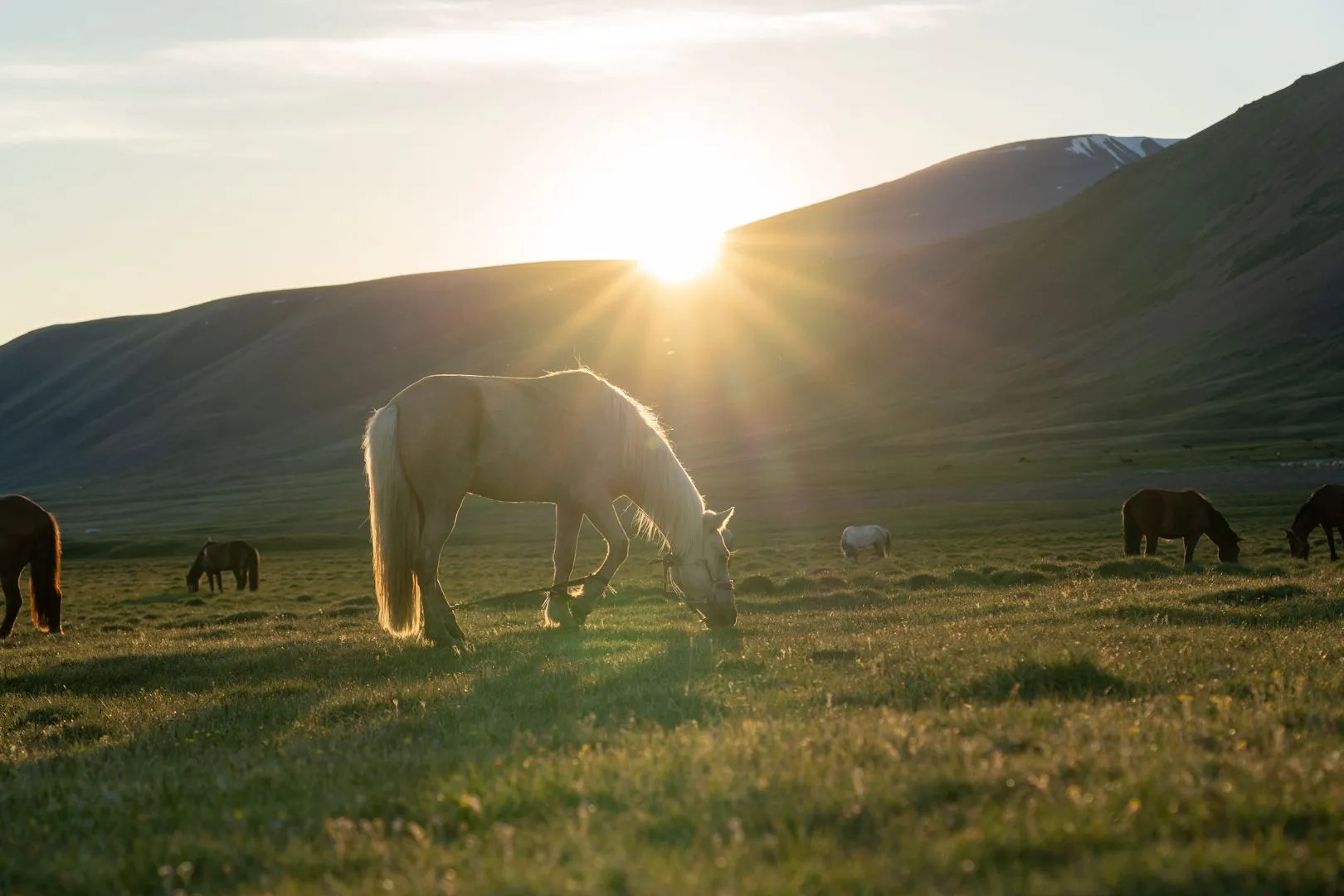As of 2024, the global horse population is estimated to be around 60 million, encompassing over 250 recognized breeds.Mongolia’s horse population has seen significant growth in recent years, reaching approximately 4.8 million in 2022.
This positions Mongolia fourth globally in terms of total horse numbers, following the United States (10.3 million), Mexico (6.4 million), and Brazil (5.8 million).
Despite ranking fourth in total horse population, Mongolia leads the world in horses per capita, with over 1,400 horses per 1,000 people as of 2024.
Horses are integral to Mongolian culture and daily life, serving as primary modes of transportation, essential tools in herding livestock, and central figures in traditional festivities like the Naadam festival.
The vast steppes and nomadic lifestyle of Mongolia have fostered a unique bond between the people and their horses, making equine culture a cornerstone of Mongolian identity.
Unique Features of Mongolian Horses
Mongolian horses are uniquely suited to the country’s harsh climate and nomadic lifestyle. They are resilient, compact, and efficient grazers. Key traits include:
Endurance: Remarkable stamina, capable of traveling long distances.
Physical Build: Strong skeleton, muscular frame, short neck, wide chest, and thick mane and tail.
Adaptation: Able to endure extreme weather and survive on natural pastures year-round.
Mongolian horses exhibit distinctive behaviors:
Ability to return to their home pasture from great distances.
Herding instincts and loyalty to their group.
Sensing weather changes in advance.
Physical Statistics
Foals are born weighing 25–32 kg (55–70 lbs), with an average height around 80 cm (31 inches)
Stallion average weight: 300–360 kg (660–794 lbs)
Mare average weight: 270–320 kg (595–705 lbs)

Horses grow slowly but reach full development by 3-4 years old. Mares can produce up to 12 foals in their lifetime and recover quickly after giving birth.
Contributions and Uses of Mongolian Horses:
Meat:
- Horse meat is a nutritious food source, rich in protein (~20-22%) and low in fat (~2-5%).
- Average carcass yield: 50-55%, yielding approximately 150-170 kg of meat per horse.
- Horse meat is a staple in rural Mongolian diets, especially during the harsh winter months, providing essential nutrients.
Milk (Airag):
- Mare’s milk, known as Airag when fermented, is highly valued for its unique health benefits.
- Health benefits:
- Boosts immunity due to its high content of vitamins and enzymes.
- Traditionally used in treating ailments such as tuberculosis, digestive disorders, and osteoporosis.
- Contains unsaturated fatty acids that support cardiovascular health.
- Airag is an essential part of Mongolian celebrations and daily life, embodying both nourishment and tradition.
Cultural Significance:
- Horses are deeply woven into Mongolian nomadic culture, symbolizing freedom, strength, and resilience.
- Uses:
- Primary means of transportation across vast steppes.
- Essential for herding livestock and maintaining nomadic practices.
- Central to traditional events like the Naadam festival, where horse racing showcases their speed and endurance.
- Beyond practicality, horses hold spiritual and historical significance, representing a bond between humans and nature central to Mongolian identity.
Environmental Sustainability
Mongolian horses feed on over 400 types of plants, including many with medicinal properties, ensuring a sustainable and eco-friendly grazing system.
Conclusion
Though smaller in size compared to many other horse breeds, Mongolian horses are unparalleled in their adaptability, endurance, and resilience. These traits have allowed them to thrive in Mongolia’s harsh climate and challenging terrain, making them indispensable to the nomadic lifestyle. Beyond their physical capabilities, Mongolian horses are deeply interwoven with the nation’s heritage, serving as a cornerstone of its culture, traditions, and spiritual identity.
Their contributions extend beyond cultural significance, playing vital roles in the economy through meat, milk, and transport, as well as symbolizing Mongolia’s enduring connection to its natural landscapes. The Mongolian horse is not merely a livestock animal—it is a living embodiment of the spirit, strength, and history of Mongolia itself.





Comments are closed